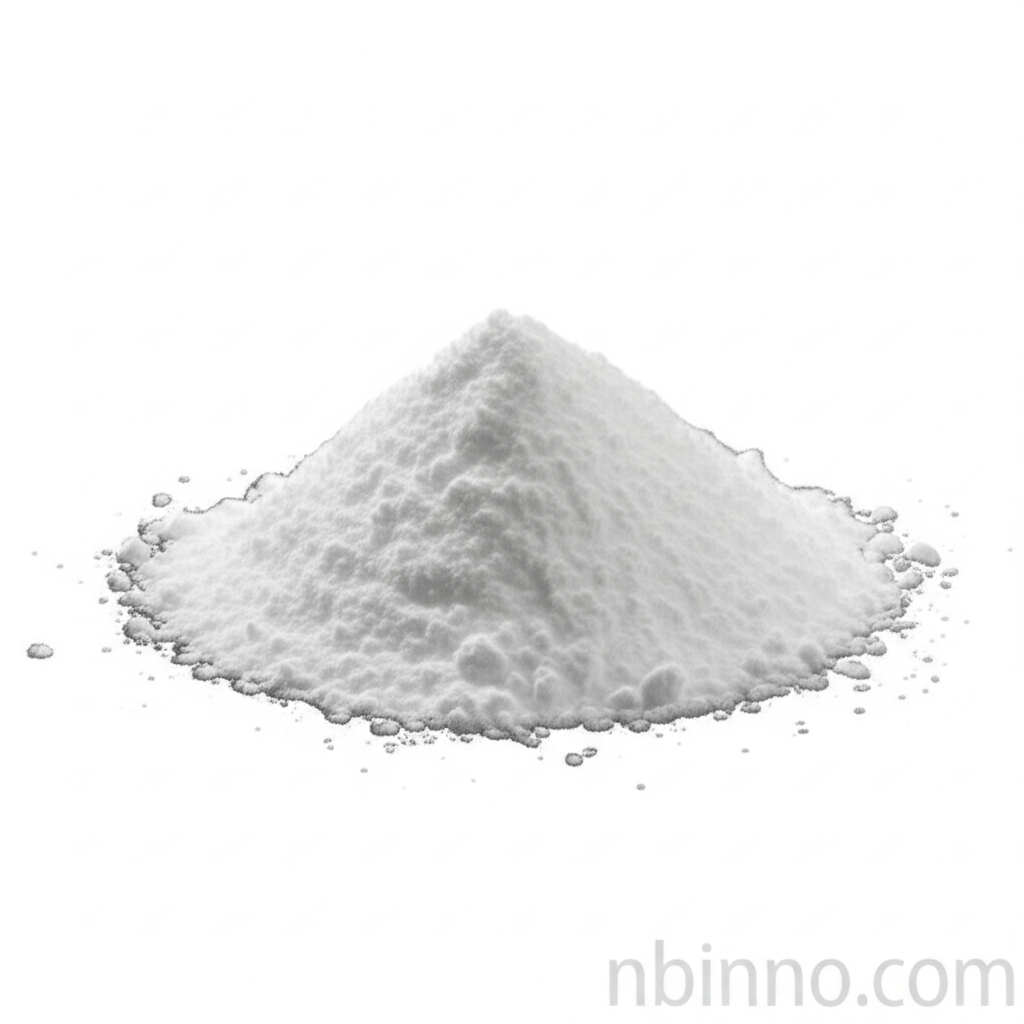Trans-4'-Pentyl-(1,1'-bicyclohexyl)-4-carboxylic Acid: Synthesis, Properties, and Applications
Discover the key intermediate for advanced liquid crystals and organic electronics.
Get a Quote & SampleProduct Core Value

trans-4'-Pentyl-(1,1'-bicyclohexyl)-4-carboxylic Acid
This compound, identified by CAS 65355-33-1, is a crucial fine chemical intermediate with a distinct bicyclohexyl structure functionalized with a pentyl group and a carboxylic acid. Its precise molecular configuration makes it indispensable in the development of high-performance materials for electronic displays and advanced organic synthesis projects.
- Explore the detailed trans-4'-Pentyl-(1,1'-bicyclohexyl)-4-carboxylic acid synthesis methods, ensuring high purity and reproducible results for your research needs.
- Understand the critical CAS 65355-33-1 properties, including its physical form and reactivity, which are vital for successful integration into complex chemical processes.
- Learn about the versatile trans-4'-Pentyl-(1,1'-bicyclohexyl)-4-carboxylic acid applications, particularly in creating cutting-edge liquid crystal materials and in the field of organic electronics.
- Discover its utility as a building block in organic synthesis, enabling the creation of more complex molecules for material science and pharmaceutical research.
Key Advantages Provided
High Purity Synthesis
Achieve superior results with high-purity trans-4'-Pentyl-(1,1'-bicyclohexyl)-4-carboxylic acid, ensuring reliability in sensitive applications and research endeavors.
Versatile Intermediate
Leverage this compound as a versatile intermediate for various fine chemical synthesis projects, from advanced materials to specialized organic compounds.
Structural Significance
The unique bicyclohexyl structure of this carboxylic acid derivative offers significant advantages in designing materials with specific thermal and optical properties.
Key Applications
Liquid Crystal Materials
This compound is instrumental in the development of advanced liquid crystal materials, contributing to enhanced display technologies and optical performance.
Organic Electronics
As a precursor for organic electronic components, it plays a role in creating next-generation electronic devices and conductive materials.
Chemical Synthesis Building Block
Its functional groups and stable core structure make it an excellent building block for diverse organic synthesis pathways, enabling the creation of novel compounds.
Material Science Innovation
Utilized in material science for its unique structural attributes, driving innovation in polymer development and functional material design.
